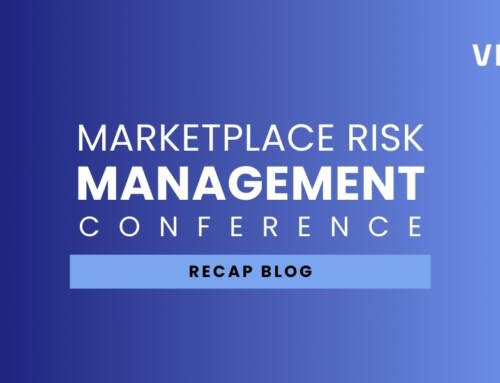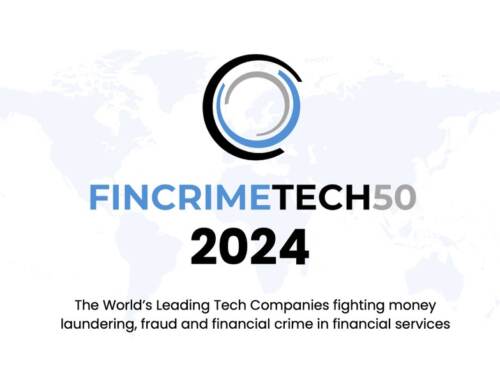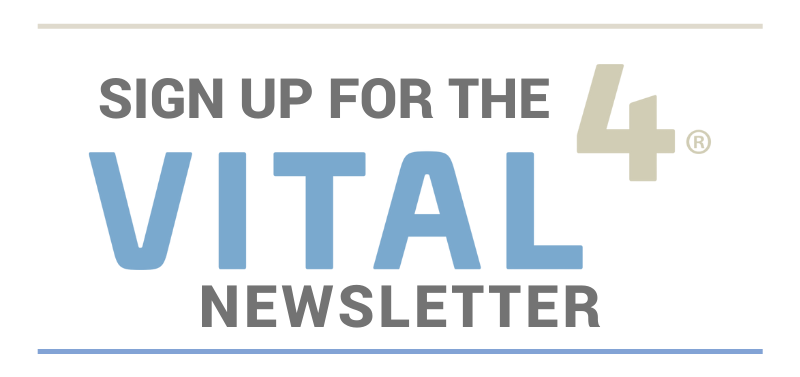What we learned at the ATII Summit
The Anti-Human Trafficking Intelligence Initiative is combating global human trafficking by promoting corporate social responsibility through increasing awareness, facilitating intelligence integration and technology advancement, and encouraging strategic data collaboration. This year’s ATII Summit was filled with plenty of great knowledge centered around how businesses can do more to prevent the global issue that is human trafficking. The speakers at the event ranged from legal and banking professionals, experts from consulting firms and academia to human trafficking experts that helped navigate the conversation.
For the financial industry, in particular, we learned that 75% of financial institutions admit that they aren’t confident in identifying human trafficking in customer transactions and that 75% of customers said they would drop their bank if it did not demonstrate a proactive attitude toward fighting unethical practices.
This is by far one of the biggest takeaways as it signifies that:
- Banks need to do more to help prevent human trafficking from going unidentified on their watch, and;
- That the repercussions for not doing so can heavily impact the longevity of their organization.
There were also plenty of ESG (Environmental, Social and Corporate Governance) conversations going on as this is a top priority for many corporations looking to help fight against social issues outside of making a profit. The requirements were laid out and will set the stage for how companies navigate the process of reporting and auditing the work they’re doing to work against harmful social issues. ESG is on the rise as a continued business risk for financial organizations as attracting investors, clients, and employees requires a commitment to ESG related reporting and analysis.
Here is how Vital4 can help your organization’s ESG efforts and fight against human trafficking.
For the ESG social component– particularly human rights, we can help identify people who are indicating risk– via our Sanction, PEP, and Adverse Media products. These same products can also be used to find data and identify red-flag behavior related to human trafficking.
Here are some red-flags banks need to spot to identify potential Human Trafficking from happening.
- Assess transactional behavior online and on social media sites
- Stay alert of websites like CraigsList, Model Mayhem, Backpage, and Peer networks
- Assess the source of funds
- Sending of currency to a minor (Monitor for multiple forms of money transfer and types of payment)
- Identification of red flags like Geography, Transactional information – ATM activities, debit/credit card activity, UBER, Fast food, hotels, etc.
Overall, this year’s event was one of the most insightful we’ve attended. We hope that we can do more to help support organizations in the fight against human trafficking while meeting regulatory standards.





